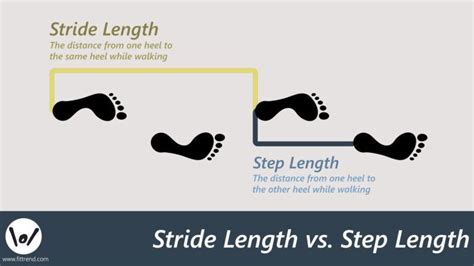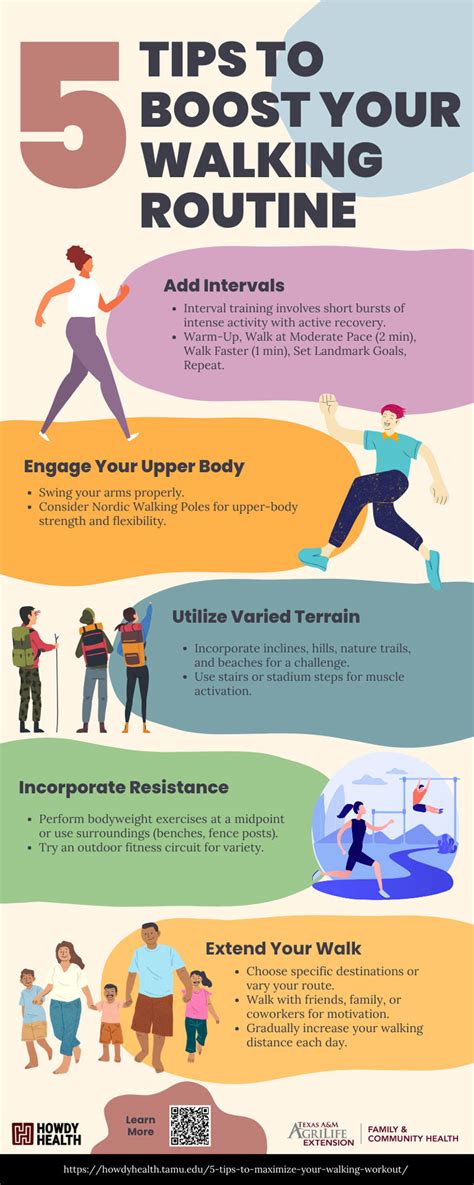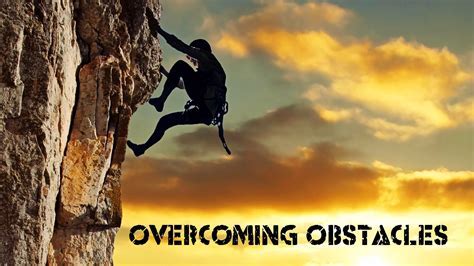Intro
Discover the equivalent distance of 8000 steps, including calorie burn, miles, and kilometers. Learn how daily step goals impact fitness, weight loss, and overall health with related metrics like stride length and walking speed.
Walking is one of the most accessible and beneficial forms of exercise for people of all ages. It's a low-impact activity that can be done almost anywhere, requiring minimal equipment. One popular goal for many walkers is to achieve a daily step count of 8000 steps. But what does this distance equivalent mean, and how can understanding it help in setting realistic fitness goals? The importance of knowing the distance equivalent of 8000 steps lies in its ability to help individuals track their progress, set achievable milestones, and maintain a consistent level of physical activity.
The distance covered by 8000 steps can vary significantly from person to person, depending on stride length. Generally, an average stride length for an adult is about 2.5 to 3 feet (approximately 0.76 to 0.91 meters). Using this as a benchmark, 8000 steps would translate to roughly 4 to 5 miles (approximately 6.4 to 8 kilometers). This is a significant distance that can contribute substantially to one's daily physical activity needs. Understanding this equivalent can motivate individuals to incorporate more walking into their daily routines, whether it's walking to work, taking a walk during lunch breaks, or simply walking around their neighborhood after dinner.
The benefits of walking 8000 steps a day are numerous. Regular walking can help reduce the risk of chronic diseases like heart disease, diabetes, and some cancers. It can also aid in weight management, improve mood, and boost energy levels. Moreover, achieving a consistent daily step goal can foster a sense of accomplishment and encourage further engagement in physical activity. As individuals strive to reach their daily step targets, they may find themselves exploring new walking routes, trying out different walking schedules, or even incorporating strength training exercises to complement their walking routine.
Understanding Stride Length and Its Impact

To accurately calculate the distance covered by 8000 steps, it's crucial to understand the concept of stride length. Stride length refers to the distance between the point where the heel of one foot touches the ground and the point where the heel of the other foot touches the ground. Several factors can influence an individual's stride length, including height, walking speed, and overall physical condition. Taller individuals typically have longer stride lengths, covering more distance with each step. Similarly, walking at a brisk pace can increase stride length compared to a leisurely stroll.
Calculating Personalized Stride Length

Calculating one's personalized stride length can be done with a simple experiment. Measure out a straight path of known distance (for example, 100 feet or 30.48 meters). Walk this distance at your normal pace, counting how many steps it takes to cover it. Once you have the number of steps, you can calculate your stride length by dividing the total distance by the number of steps taken. This personalized stride length can then be used to estimate the distance covered by any number of steps, including the target of 8000 steps.
Benefits of Achieving 8000 Steps Daily

The benefits of walking 8000 steps a day are well-documented. Regular physical activity, such as walking, can significantly reduce the risk of developing chronic diseases. For instance, walking can help lower blood pressure, improve lipid profiles, and enhance insulin sensitivity, all of which are factors in the prevention of heart disease. Additionally, the physical activity from walking can aid in weight management, which is a critical factor in preventing obesity-related diseases like diabetes and certain types of cancer.
Psychological Benefits of Walking

Beyond the physical benefits, walking also has profound psychological benefits. Regular walking can help reduce stress and anxiety by releasing endorphins, which are natural mood elevators. It can also improve sleep quality, which is essential for overall mental health. The sense of accomplishment from achieving daily step goals can boost self-esteem and motivation, encouraging individuals to adopt other healthy habits.
Strategies for Incorporating More Walking into Daily Life

Incorporating more walking into daily life can be easier than many people think. Simple strategies include taking the stairs instead of the elevator, walking to a coworker's desk instead of sending an email, or getting off the bus a stop earlier and walking the rest of the way to work. For those with busy schedules, incorporating short walks throughout the day can be beneficial. Even a 10-minute walk can have significant health benefits and contribute to the overall daily step goal.
Using Technology to Track Progress
Technology can be a powerful tool in tracking daily steps and motivating individuals to reach their goals. Fitness trackers and smartwatches can monitor step count, distance traveled, and calories burned, providing valuable insights into daily physical activity. Many of these devices also offer features like step challenges, reminders to move, and social sharing options, which can enhance motivation and encourage friendly competition among users.
Overcoming Challenges and Maintaining Consistency

Despite the benefits, maintaining a daily walking routine can be challenging. Factors like weather, lack of time, or simply feeling unmotivated can hinder progress. To overcome these challenges, it's essential to set realistic goals, find a walking buddy for accountability, and reward oneself for milestones achieved. Incorporating variety into walking routines, such as trying new routes or incorporating strength training exercises, can also help keep the activity engaging and prevent boredom.
Creating a Supportive Environment

Creating a supportive environment is crucial for maintaining a consistent walking routine. This can involve sharing walking goals with friends and family to gain their support, finding walking groups in the community, or even investing in a treadmill for home use during unfavorable weather conditions. A supportive environment can provide the motivation and encouragement needed to overcome obstacles and stay committed to walking goals.
Conclusion and Future Steps

In conclusion, understanding the distance equivalent of 8000 steps and the benefits associated with achieving this daily goal can be a powerful motivator for individuals looking to incorporate more physical activity into their lives. By calculating personalized stride length, utilizing technology to track progress, and overcoming challenges, individuals can set realistic goals and work towards a healthier, more active lifestyle. As the journey towards better health and wellness continues, it's essential to remain informed, motivated, and committed to the simple yet profound act of walking.
What is the average distance covered by 8000 steps?
+The average distance covered by 8000 steps can vary depending on stride length but is roughly estimated to be between 4 to 5 miles (approximately 6.4 to 8 kilometers).
How can I calculate my personalized stride length?
+To calculate your personalized stride length, measure a known distance, walk it at your normal pace while counting your steps, and then divide the total distance by the number of steps taken.
What are the psychological benefits of walking 8000 steps a day?
+Walking 8000 steps a day can help reduce stress and anxiety, improve mood, boost energy levels, and enhance sleep quality, contributing to overall mental well-being.
We invite you to share your experiences and tips on how you incorporate walking into your daily routine. Whether you're just starting out or have been walking for years, your insights can inspire and motivate others to embark on their own walking journey. Feel free to comment below, and don't forget to share this article with anyone who might benefit from learning about the importance of walking and how to make it a sustainable part of their lifestyle.
